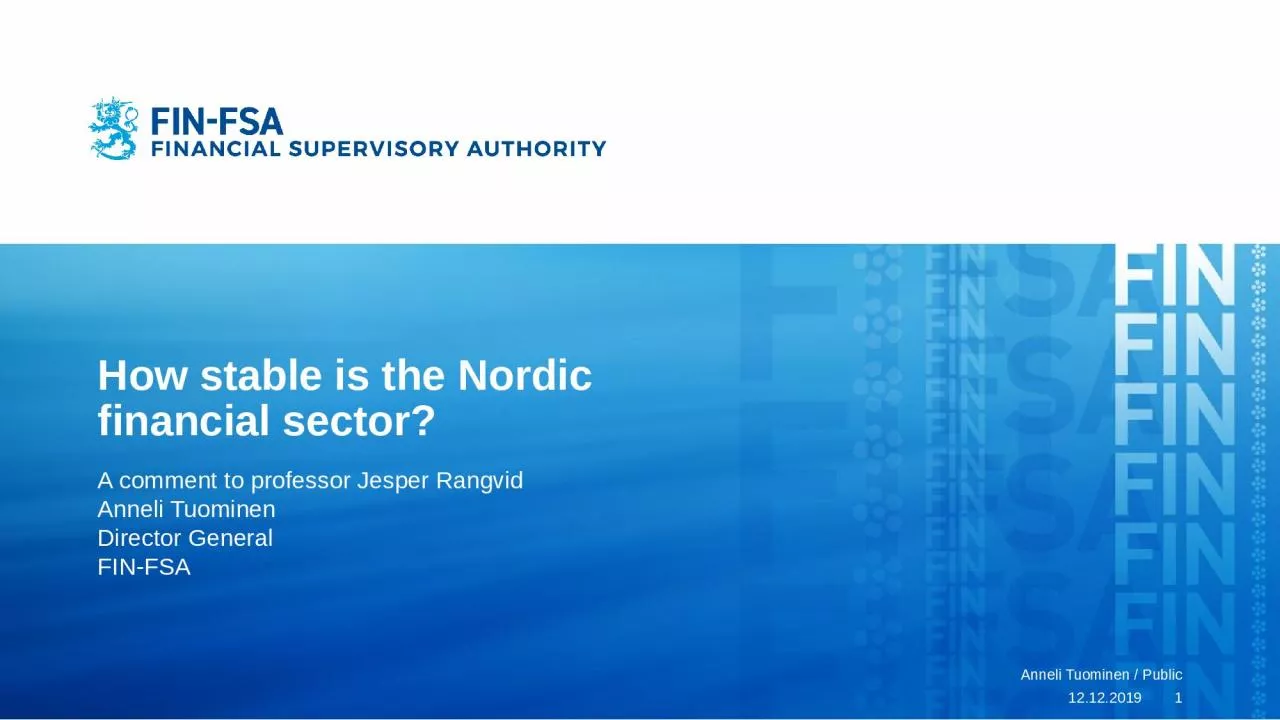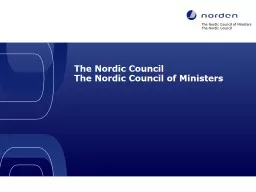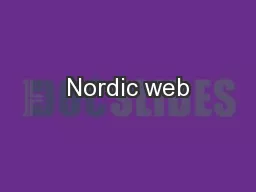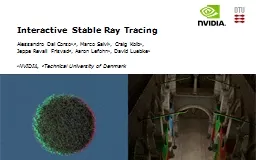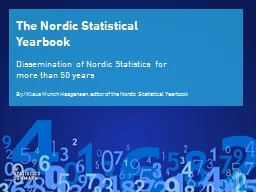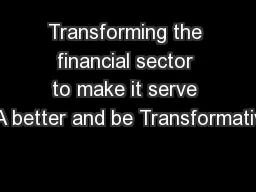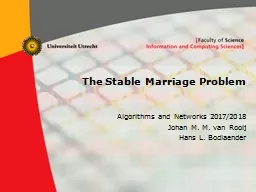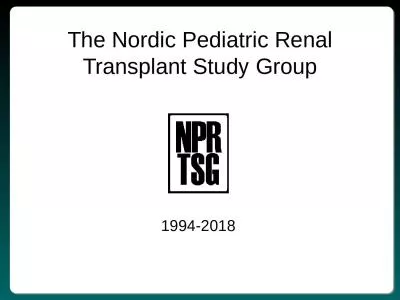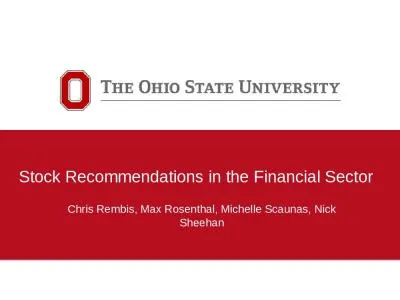PPT-How stable is the Nordic financial sector?
Author : ethlyn | Published Date : 2024-01-29
A comment to professor Jesper Rangvid Anneli Tuominen Director General FINFSA 12122019 Anneli Tuominen Public 1 Jesper Rangvid How stable is the Nordic financial
Presentation Embed Code
Download Presentation
Download Presentation The PPT/PDF document "How stable is the Nordic financial secto..." is the property of its rightful owner. Permission is granted to download and print the materials on this website for personal, non-commercial use only, and to display it on your personal computer provided you do not modify the materials and that you retain all copyright notices contained in the materials. By downloading content from our website, you accept the terms of this agreement.
How stable is the Nordic financial sector?: Transcript
Download Rules Of Document
"How stable is the Nordic financial sector?"The content belongs to its owner. You may download and print it for personal use, without modification, and keep all copyright notices. By downloading, you agree to these terms.
Related Documents

